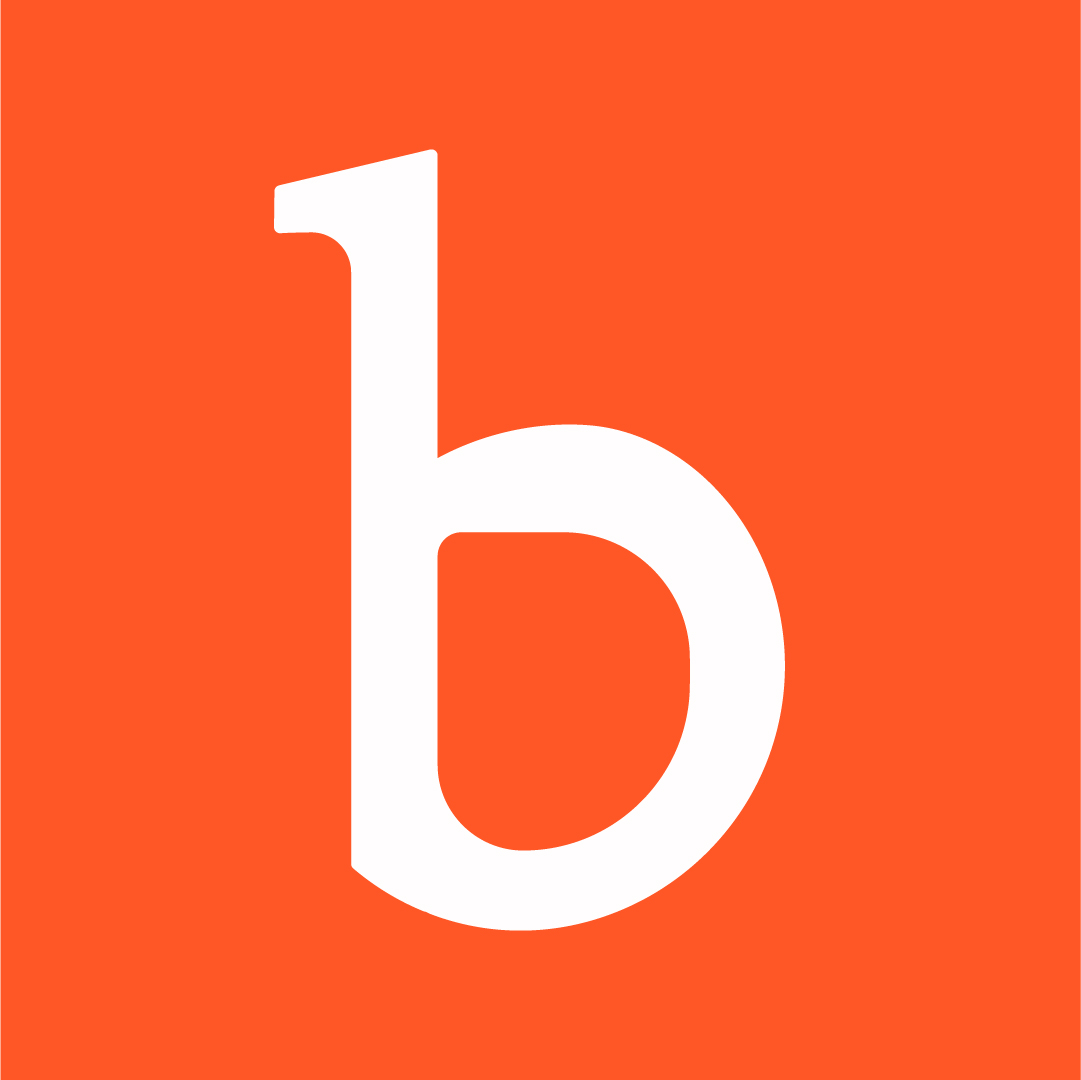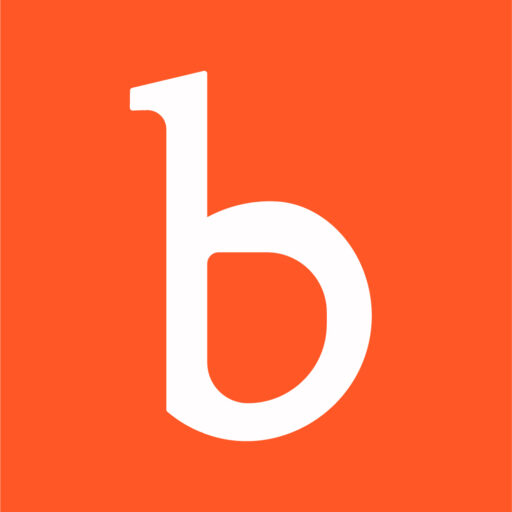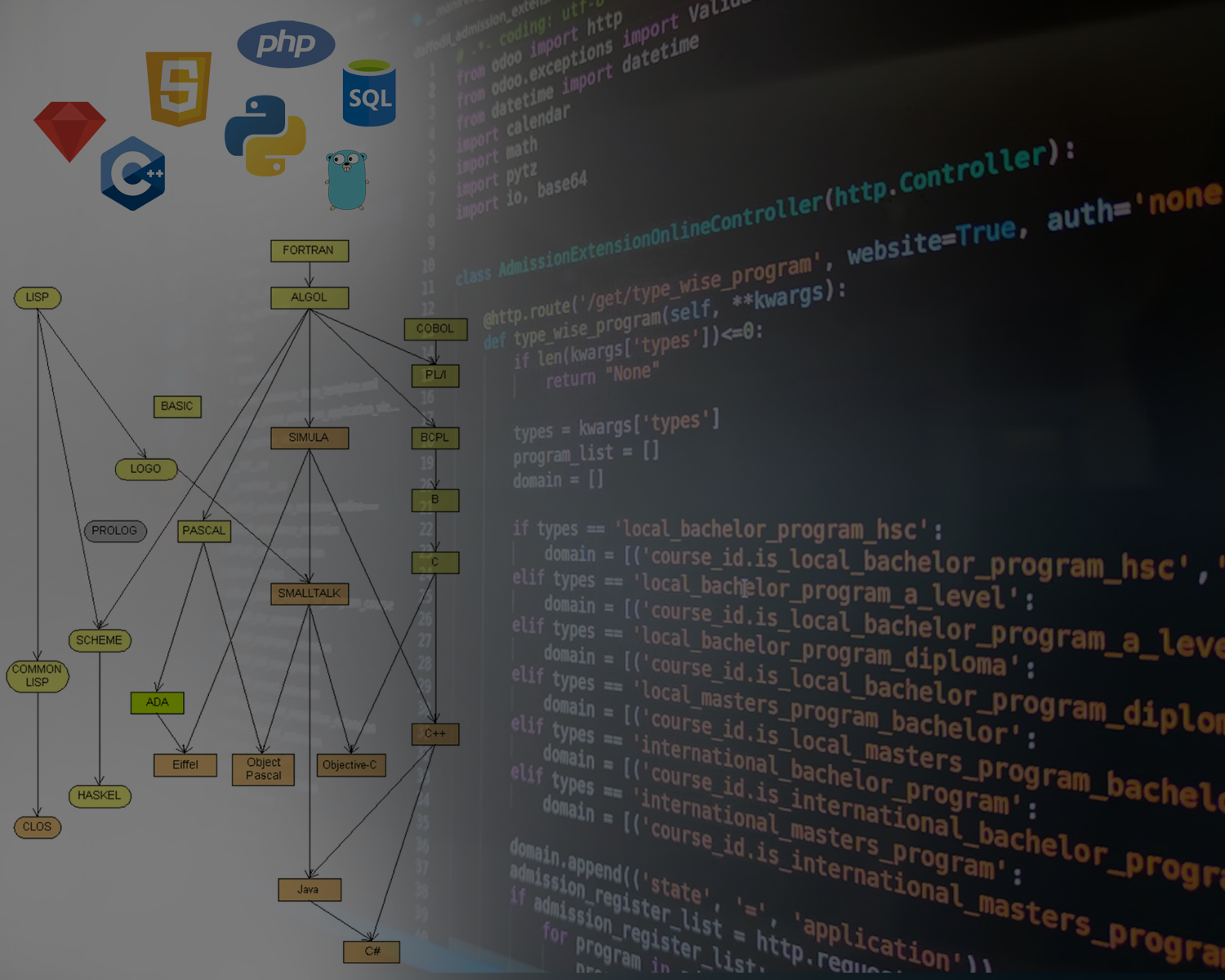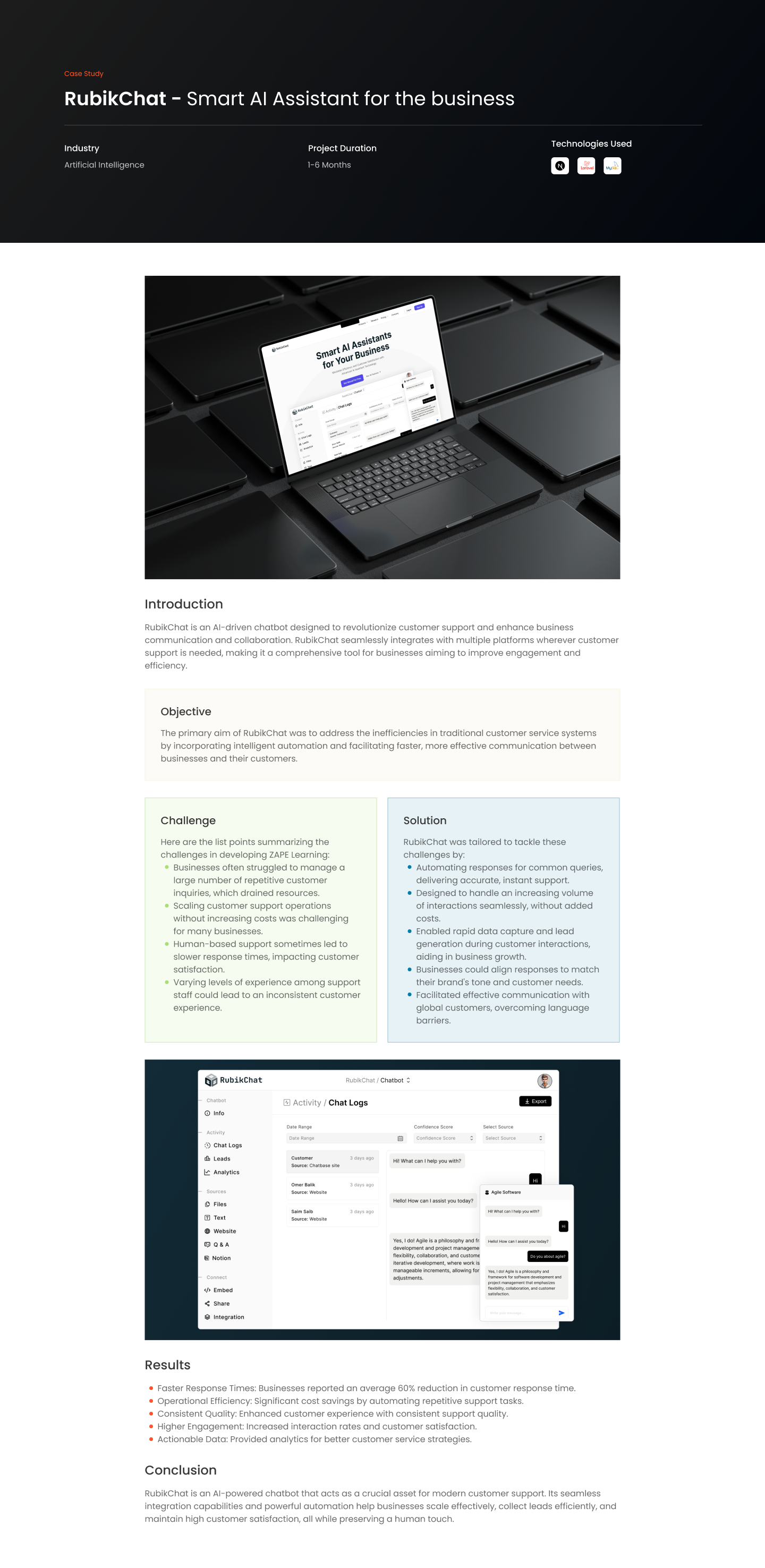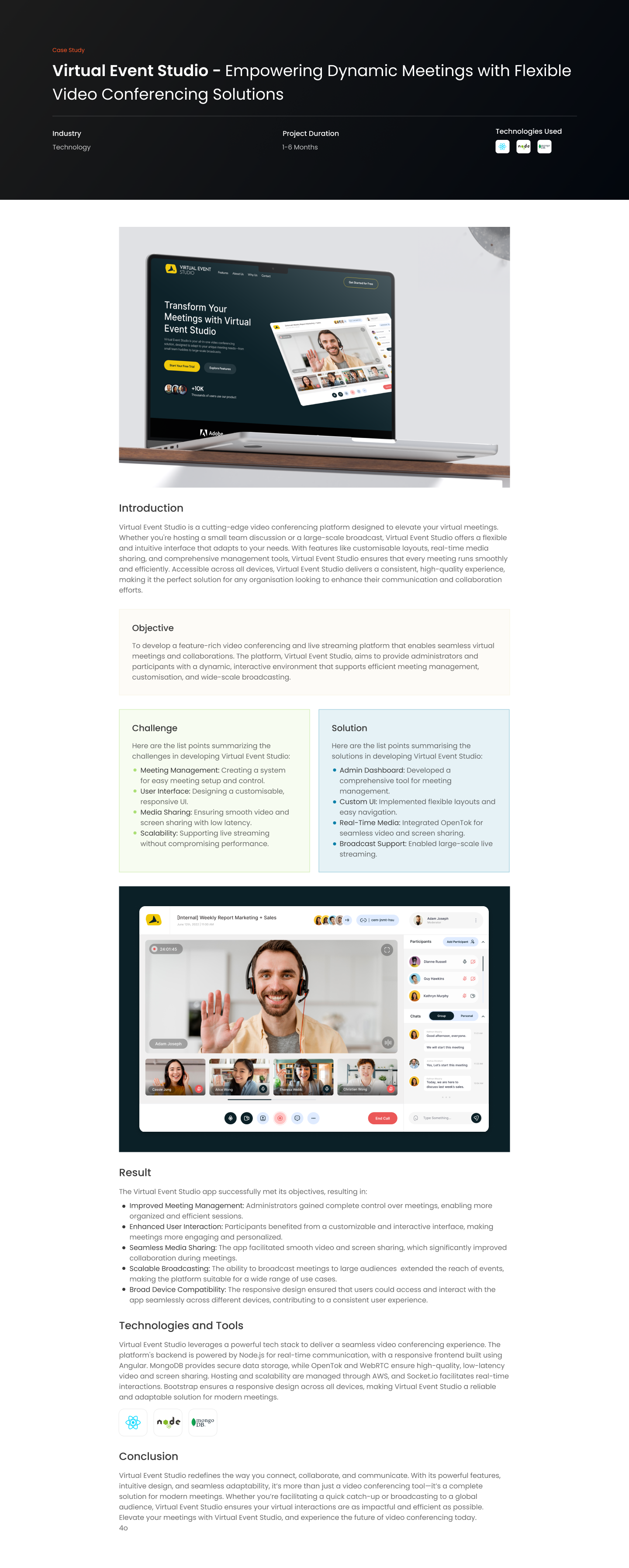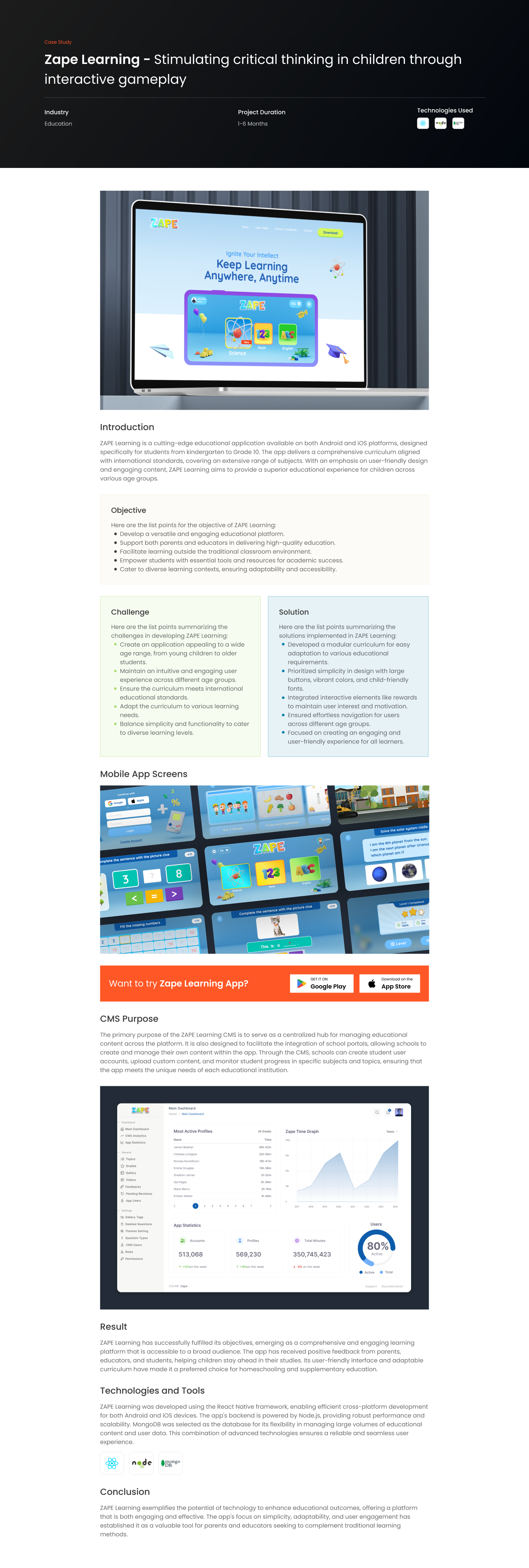Introduction
The programming landscape is continuously evolving, with trends shifting and new languages emerging to address modern development challenges. In 2023, the programming community has witnessed significant changes in language popularity, usage, and the skills developers are eager to learn. Let’s delve into these trends, with a particular focus on the rise of Rust and other notable developments in the programming world.
The Decline of Objective-C
Objective-C, once a cornerstone of iOS development, has seen a steep decline in usage. With the advent of Swift and the growing popularity of cross-platform languages like Kotlin and Dart, iOS developers are moving away from Objective-C. Its user base has shrunk significantly, indicating a shift towards more modern and versatile languages for app development.
Trust in Rust: A Story of Growth
Rust is a standout language that has set new records in usage among the developer community. Its emphasis on safety, alongside efficient memory ownership mechanisms, positions it as a strong candidate to replace older languages like C++. Rust’s growth is particularly notable among developers transitioning from Go, highlighting its appeal to those seeking safety and performance in system-level programming.
JavaScript’s Position and the TypeScript Transition
JavaScript continues to dominate as a versatile language for both front-end and back-end development, thanks to frameworks like Node.js and libraries for data visualization such as D3.js. However, there’s a subtle shift towards TypeScript, with developers appreciating the type safety it offers. This transition underscores a broader trend of seeking more robust tools within the dynamic web development space.
The Popularity of Programming Languages
In terms of popularity, JavaScript, Python, and SQL lead among professional developers and learners alike. Each language serves distinct purposes, from web development with JavaScript and Python’s general-purpose programming to SQL’s specialization in database management. This diversity reflects the varied nature of software development today and the importance of versatility in a developer’s toolkit.
Learning and Migration Trends
Developers are not just sticking with what they know; there’s a significant interest in learning new languages and technologies. Rust has emerged as a top choice for developers looking to migrate from other languages, indicating a strong interest in exploring new paradigms and tools that offer better safety and efficiency. This openness to learning underscores the dynamic nature of the programming profession, where continuous skill development is key to staying relevant.
Read More: Expand Your Programming Knowledge
For those interested in diving deeper into the current trends in programming and exploring new languages, here are five resources to get you started:
- “The Rust Programming Language” – A comprehensive guide to learning Rust, focusing on its safety and concurrency features.
- “Eloquent JavaScript” – A modern introduction to JavaScript, covering everything from the basics to complex topics like async programming and data visualization.
- “Learning Python” – An in-depth look at Python programming, ideal for beginners and experienced developers looking to deepen their understanding of the language.
- “SQL in 10 Minutes, Sams Teach Yourself” – A quick, practical guide to SQL, perfect for those who want to learn how to manage databases efficiently.
- Online courses on platforms like Coursera and Udemy – Featuring courses on a wide range of programming languages and technologies, tailored to various skill levels.
As the programming world continues to evolve, staying informed about the latest trends and expanding your skill set has never been more important. Whether you’re interested in the safety and efficiency of Rust, the versatility of JavaScript, or the data management capabilities of SQL, there’s a wealth of resources available to support your learning journey.

